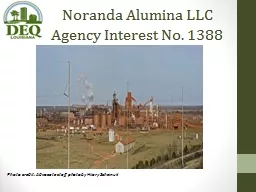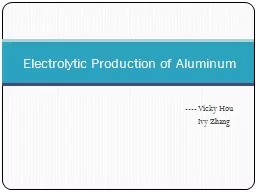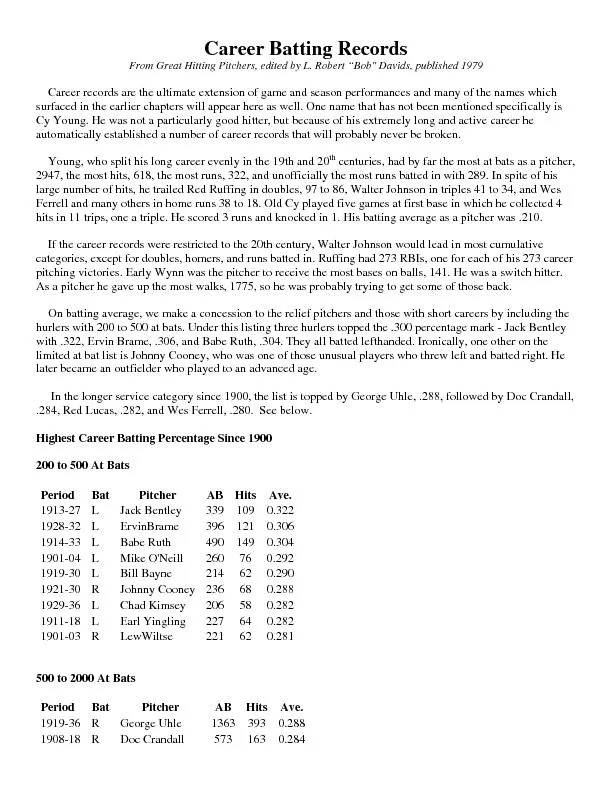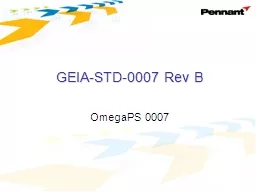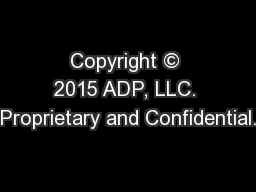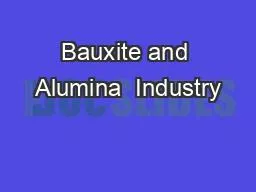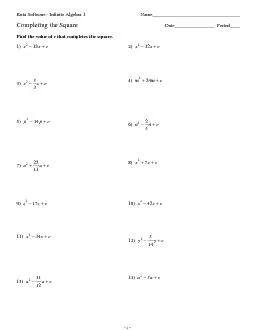PPT-Noranda Alumina LLC Agency Interest No. 1388
Author : faustina-dinatale | Published Date : 2020-04-06
Photo credit Advocate staff photo by Hilary Scheinuk Noranda Alumina LLC Facility Background Noranda is located at 1111 East Airline Highway in Gramercy St James
Presentation Embed Code
Download Presentation
Download Presentation The PPT/PDF document " Noranda Alumina LLC Agency Interest No...." is the property of its rightful owner. Permission is granted to download and print the materials on this website for personal, non-commercial use only, and to display it on your personal computer provided you do not modify the materials and that you retain all copyright notices contained in the materials. By downloading content from our website, you accept the terms of this agreement.
Noranda Alumina LLC Agency Interest No. 1388: Transcript
Download Rules Of Document
" Noranda Alumina LLC Agency Interest No. 1388"The content belongs to its owner. You may download and print it for personal use, without modification, and keep all copyright notices. By downloading, you agree to these terms.
Related Documents

